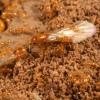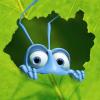I apologize if this is a very newbie question. I live in the LA area and I would love to take my kids to see a large ant colony. Does anyone know there is such a colony on display, maybe at the Natural History Museum or Science Center, or perhaps somewhere else in the LA area?





















